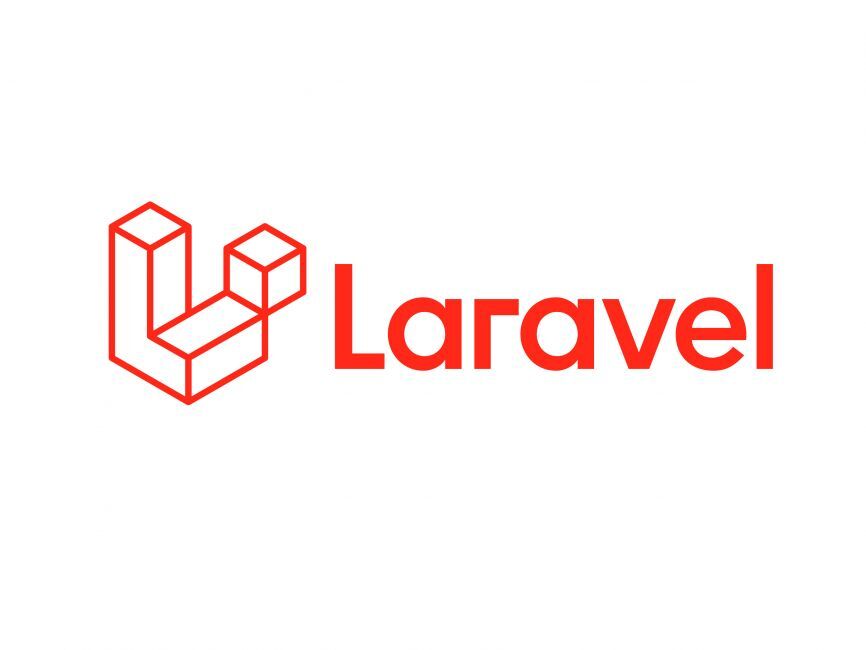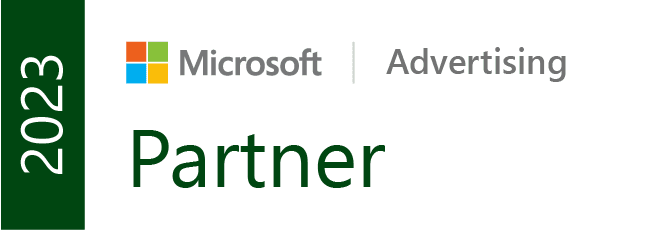Unless you were hidden under a rock like a Shuckle this summer, you may have spotted the return of a nineties phenomenon when over 100 million of us rekindled our love affair with weirdly named anime characters by downloading Pokémon Go.

For this writer I was blasted back to my 11 year old self; where Blastoise was my biggest ally and the Saturday morning TV presenters were still admirable personalities.
In my excitement I ventured up into my attic to dig out my old GameBoy and rediscovered a nineties treasure trove including Power Rangers, Talkboys and Stretch Armstrong.
Oh the good ol’ days… One app had brought back a decade of happy memories and made me feel like a teenager again. Coincidently it had also brought Nintendo and Niantic billions of pounds and a new generation of loyal followers. That my friends is the power of the past, and the reason why brands use nostalgic marketing.
As a child of the nineties my favourite example of nostalgic marketing is this 2013 advert from Microsoft which achieved 30 million shares due to the nostalgia being popular with the Gen Y audience it was targeting.
The science of nostalgia
Chances are you have a smile on your face after watching that, and here’s the science why...A blast of the happiness hormone serotonin was just blasted into your left prefrontal cortex, the part of the brain where joy and optimism reside. Studies show that serotonin and happiness are the drivers of action and social sharing, hence why an advert for a disastrously poor internet browser can receive such a stack of shares thanks to some hungry hippos.
If you have a few minutes watch this video from the New York Times which explains how nostalgia works and why it is now considered a positive influence opposed to several decades ago where it was first considered to be a: ‘neurological disease of essentially demonic cause’.
Why nostalgia marketing works
Brands from all industries are experimenting with nostalgia in order to drive future sales by stepping back in time, here are a few reasons why:
Emotions
As we all learned in our early marketing days we should ‘sell the sizzle not the sausage’. By helping us to reminisce about our good ol’ days marketers are triggering actual feelings we once had. Whether those feelings are for the first song we slow-danced to, the first time you tried your favourite snack, fell in love, fell out of a tree, or the first time you caught a wild Pikachu.
Not only does forlorning for the past make us feel fuzzy inside it also makes us open to brand messaging. It’s this bittersweet feeling that brands try to leverage to create emotional responses with their products/services. Emotional marketing works.
Memories
The key for successful nostalgia is to trigger a latent memory. We all know that our Teenage Mutant Turtles and Cabbage Patch Dolls were great toys, we don’t need to be convinced we just need to be reminded. The same goes for brands; if a brand is able to trigger a reminder of a time that they were once favourable to us, or use existing memories and tie themselves to that association, then they need not worry about convincing us that they are great they can just remind us of a heyday era. Just think about Halifax and their use of Top Cat within their recent marketing, by reminding an audience of one of their favourite childtime characters they are associating themselves with how great that cartoon was and in turn making positive reinforcements towards their own brand.

Trust
Techniques such as celebrating anniversaries or featuring the date your business was founded within in your brand identity showing consumers that you have stood the test of time and is an instantly effective method of gaining their trust.
Marks & Spencer, a brand part of the Adido client family, reintroduced their established date into their logo to build upon the rich heritage and trust the brand has. Recent rebrands show the trend for delving into the design archives, both Co-op and NatWest were inspired by their 1960s logos varieties. This strategy to reinvigorate the trust in their brands by conjuring up past associations hopes to bring back previous customers and inspire new ones.
Reasons to use nostalgia:
Now’s the time
During the times of double-dip recessions and Broken Britain almost a decade ago we witnessed a rise in the number of brands looking to the past. That’s because it’s the marketing equivalent of comfort food, in difficult times a hug from the past can settle our nerves and reassure us to purchase a product to make us feel secure again. As we head into the uncertainty of Brexit Britain and a Trump presidency perhaps now is the time for brands to act as a comforting cup of cocoa for consumers.
You don’t have to have the memories for it to work
Millennials were not around whilst many of my Generation X gang were playing Pokémon so why did so many of them gather this summer to partake in Poké battles? As aforementioned, Millennials are coming of age in a time where there is little opportunity for them, a difficult job market and economic turmoil. They also end up looking for the glory days and romanticising of yesteryear – even those times they weren’t around for.
Consumers spend more
Nostalgic marketing actually makes us more willing to spend. A study by the Grenoble School of Management discovered that by reigniting memories of the past participants were more willing to spend money on consumer goods and services. Inducing warm feelings about a cherished past could bring big benefits for those seeking to part consumers from their money.
Make your audiences feel great
Nostalgia has a pretty amazing effect on our minds. Blasts from the past have been shown to enhance mood, increase self-esteem, reduce loneliness and stress and get people feeling positive about the future.
Doesn’t it sound nice to make others feel happy? And if in addition it helps to build an audience that enjoy your marketing then surely you are onto a winner!
The key to success
Making us exclaim: ‘I remember those!’ may be all well and good but the difference between success and failure relies upon us wanting to be part of your brand’s future.
Look to the future
Marketers shouldn’t use retro techniques just because it makes us feel warm and comfortable, we need to be able to employ those retro strategies into the modern world.
The key here is to be able to retell your story for a new generation. Failure to do so will damage your brand as you will appear out of touch and irrelevant. The success of ‘Pokemon Go’ was due to its nostalgic feeling coupled with the first real-life example of augmented reality.
Couple nostalgia with modern relevance
The story you tell needs to be relevant in the digital world not just older audiences. Volkswagen Netherlands recently completed a campaign for the Fanwagen, a car built by Facebook. As a part of the contest, VW brought back one of its iconic models from the past, and one lucky Facebook fan won the car. The Fanwagen is equipped with social media features, including a license plate that shows your relationship status and the ability to print your newsfeed off the dashboard, making it what VW calls "the most social car ever."
How to use nostalgia in your marketing:
Nostalgia marketing can be optimised in many ways, here are just a few methods that you could try to maximise its potential.
Branding
Take a leaf out of Co-ops book and re-introduce previous branding or product packaging. Make use of old fonts, jingles, characters or an entire archived campaign. Not only will this reinforce heritage and prestige of the past, it could bring back past customers.
Products
“Back by popular demand” - The sentence of a marketers dreams, relaunch a much missed product, with an existing audience base. Remember how excited people got at the prospect of Cadbury bringing back the much loved Wispa. What potential goldmines do you have gathering dust at the back of the storage cupboard?

Social
You only have to take a quick look down your newsfeeds to see the popularity of memory-centric social features such as TimeHop and Facebook Memories. Get involved in #ThrowbackThursday, #FlasbackFriday #WaybackWednesday (yes, that’s a thing) in order to post old photos or videos. You could make use of various Instagram filters to add a vintage feel to your social posts and make it feel all the more retrospective.
Content
Writing content that increases engagement and social sharing can be achieved by curating content detailing nostalgic throwbacks such as ‘10 images from the launch of our company’, infographics detailing how your heritage and how your business has evolved or how about reposting your health and safety video from the 1970s to show how much times have changed. Buzzfeed love a cultural listicle and have a whole section dedicated to nostalgia on their website.
For inspiration you could take a look Burberry’s latest campaign celebrating their history and the informative and captivating content surrounding it.

Cultural Associations
Like Microsoft you could associate your brand with things from the past (toys, films, music, etc.) or get a famous star from the past to appear in your advertising. Scour through the history books and your own company history to see if there is a poignant event to celebrate or pay tribute to.
Vital things to consider:
Your Audience
Know who you are talking to, nostalgia is very different for a twenty-year-old then it is a sixty-year-old. Ensure your target audience will be receptive to your message and that it will resonate with them. Also bear in mind that there are certain parts of culture and past behaviour that are sensitive to some people and/or are not relevant or acceptable today.
For more on the importance of understanding your audience have a look at this blog about customer personas.
Your Business
If you are a disruptive and agile business focussed upon innovation, then taking a nostalgic stance for your marketing might not be the best method. However if you could create your own take on the concept then you could achieve great rewards.
Ensure that the use of nostalgia is suited for your business, don’t attempt to jump on an existing trend or piece of content or you’ll be at risk of “newsjacking” which could come across as forced and unaligned.
Conclusion
In an age of financial, political and social insecurity brands can uncover a potential goldmine by offering consumers a cultural cuddle and remind them of the good ol’ days.
With so much impersonal media invading our everyday lives there is a vast opportunity to cut through the clutter and gain the attention of lost generations by building social connectedness.
Just like the definitive ‘80s film title reminds us, nostalgia can provide brands with a NeverEnding Story to tell to its loyal customers. Check out this recent ad for Spotify featuring Falkor and a now aged Atreyu reminding us of the timelessness of a good classic.





